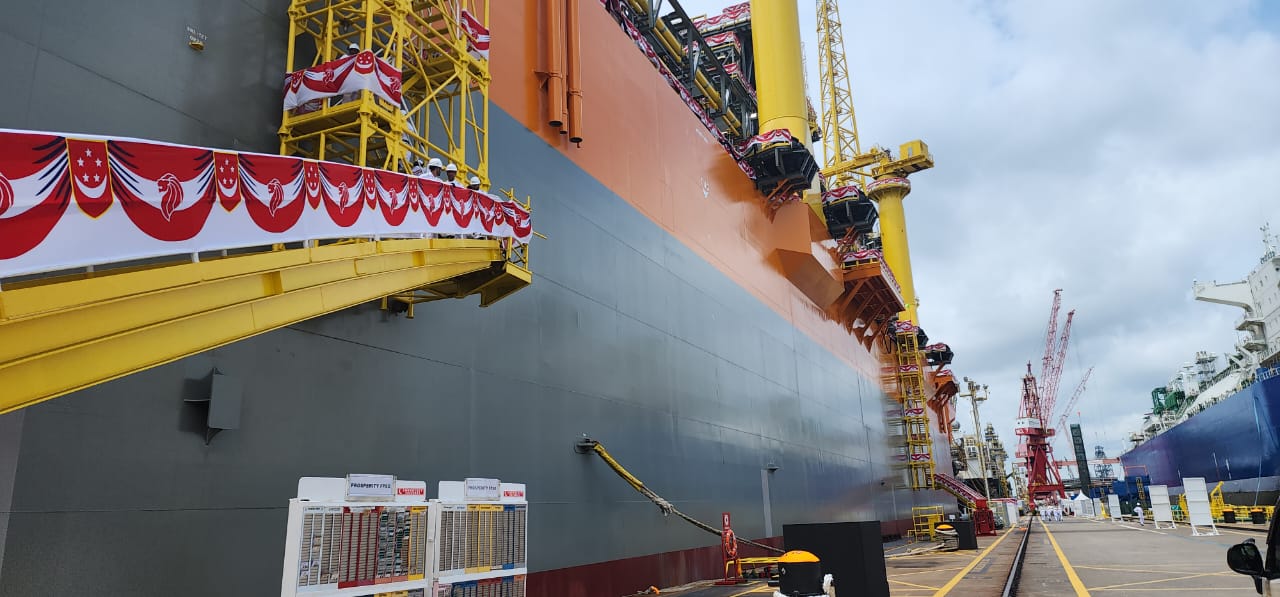Guyana’s Liza Destiny and Liza Unity floating production, storage and offloading (FPSO) vessels have allowed the country to earn a whopping US$2.2 billion in royalties and profit oil in a three-year period spanning from March 11, 2020 to March 20, 2023.
Given that the country has three other mega-oil projects already sanctioned, the South American producer has trillions of Guyana dollars in earnings on the horizon that place a number of transformative projects well within its reach. In fact, the magnitude of wealth from these oil producing projects and other aspects of the rapidly expanding economy, no doubt underpins the affordability of the Gas-to-Energy project and other key ventures.
Stabroek Block investments in Guyana now above US$40 billion as partners FID Uaru project | OilNOW
The landmark project which aims to reduce electricity costs and increase the competitiveness of other industries is being pursued in two parts. ExxonMobil’s affiliate, Esso Exploration and Production Guyana Limited (EEPGL), is responsible for building an approximately US$1 billion pipeline that will connect to the Liza Phase 1 and 2 Projects in the Stabroek Block.
It will transport up to 50 million standard cubic feet per day of natural gas to onshore facilities at the Wales Development Zone. Guyanese authorities have said they will pay ExxonMobil Guyana US$55 million each year in recovery costs for the massive gas pipeline, from the proceeds of commercialisation of natural gas liquids (NGL).
The Government of Guyana is responsible for the establishment of integrated onshore facilities. This includes a 300 megawatts (MW) power plant and a natural gas liquids (NGL) plant.
It has already finalised and approved a contract award to CH4/Lindsayca for the engineering, procurement, and construction (EPC) of the facility to the tune of US$759 million. The administration also applied to the Export–Import Bank of the United States (US EXIM Bank) for GY$134 billion (US$646 million) to offset some of the US$759M price tag.
The government expects profits from the NGL plant to offset the loans to fund infrastructure, and the operation and maintenance costs for the facility.
Both the onshore plants and the pipeline are expected to be delivered by 2024.
With Guyana earnings from oil production set to grow exponentially from the simultaneous operation of five sanctioned ships, the country’s most expensive and largest development project is expected to have a strong fiscal support for success while keeping debt-to-GDP ratio levels stable.
Read more about the Gas-to-Energy project below:
Guyana’s Gas-to-Energy Project: Your Questions Answered | OilNOW



